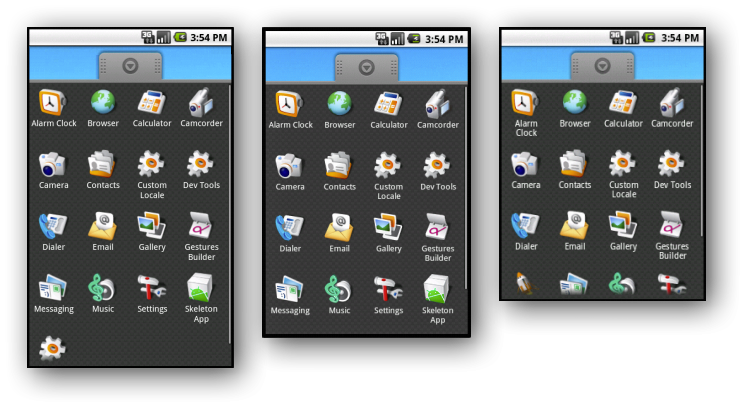Renderscript - an important feature of Honeycomb, which was not discussed previously. There will be two articles, this - a simple overview Renderscript, following the same will contain more technical detail and a simple example.
Renderscript - this is a new API, aimed at high performance in 3D rendering and complex computing operations.Renderscript will be of interest to developers who are trying to maximize their overall experience and feel comfortable when working at low levels. For developers, there are three tools: a simple API for 3D rendering that supports hardware acceleration, API to model complex algorithms (similar to CUDA ), and standard language is close to C99 .
Renderscript has been used previously to create a new, more beautiful visually, applications Books and YouTube.He has also been used to write living wallpaper that shipped with Honeycomb.
Renderscript - this is a new API, aimed at high performance in 3D rendering and complex computing operations.Renderscript will be of interest to developers who are trying to maximize their overall experience and feel comfortable when working at low levels. For developers, there are three tools: a simple API for 3D rendering that supports hardware acceleration, API to model complex algorithms (similar to CUDA ), and standard language is close to C99 .
Renderscript has been used previously to create a new, more beautiful visually, applications Books and YouTube.He has also been used to write living wallpaper that shipped with Honeycomb.

